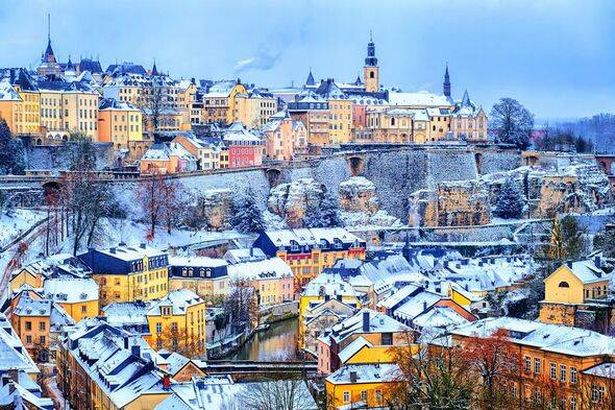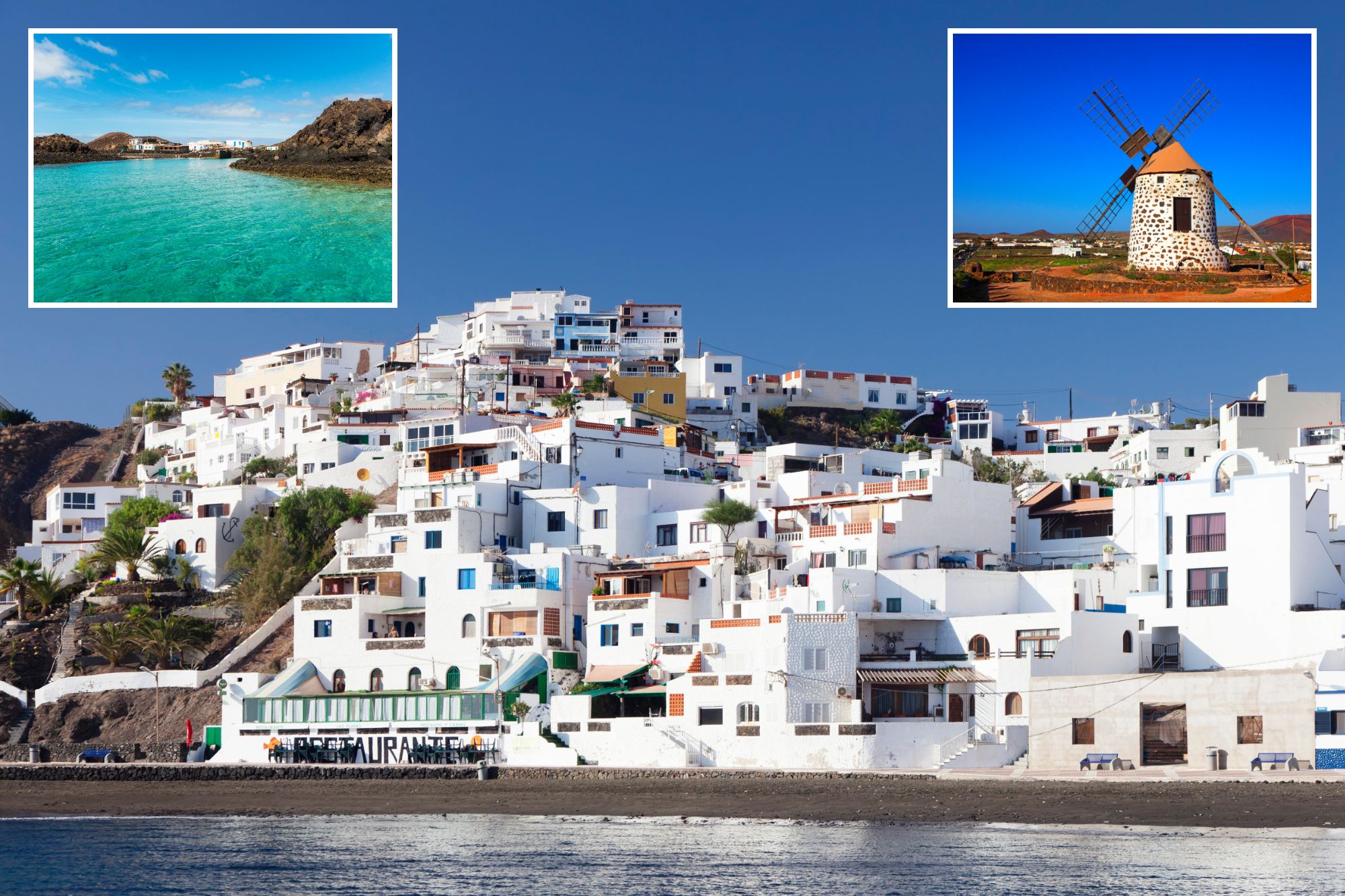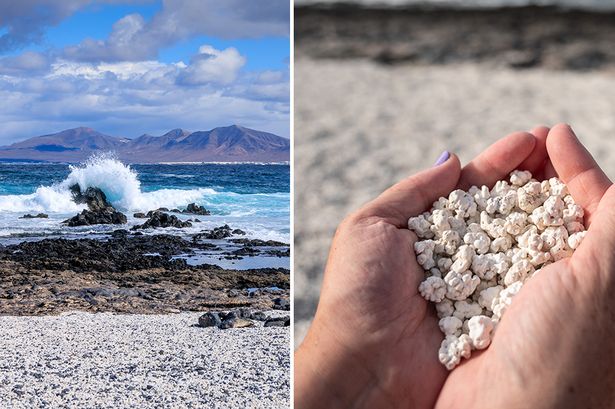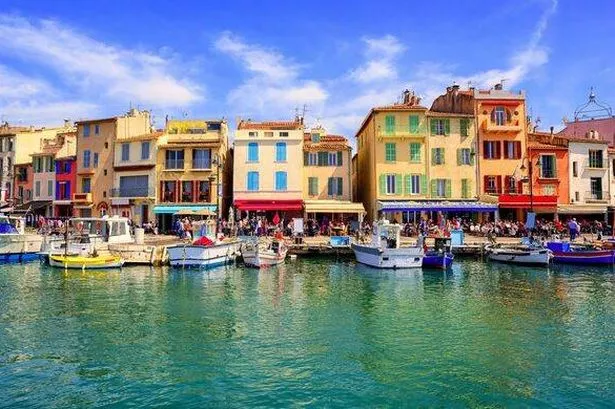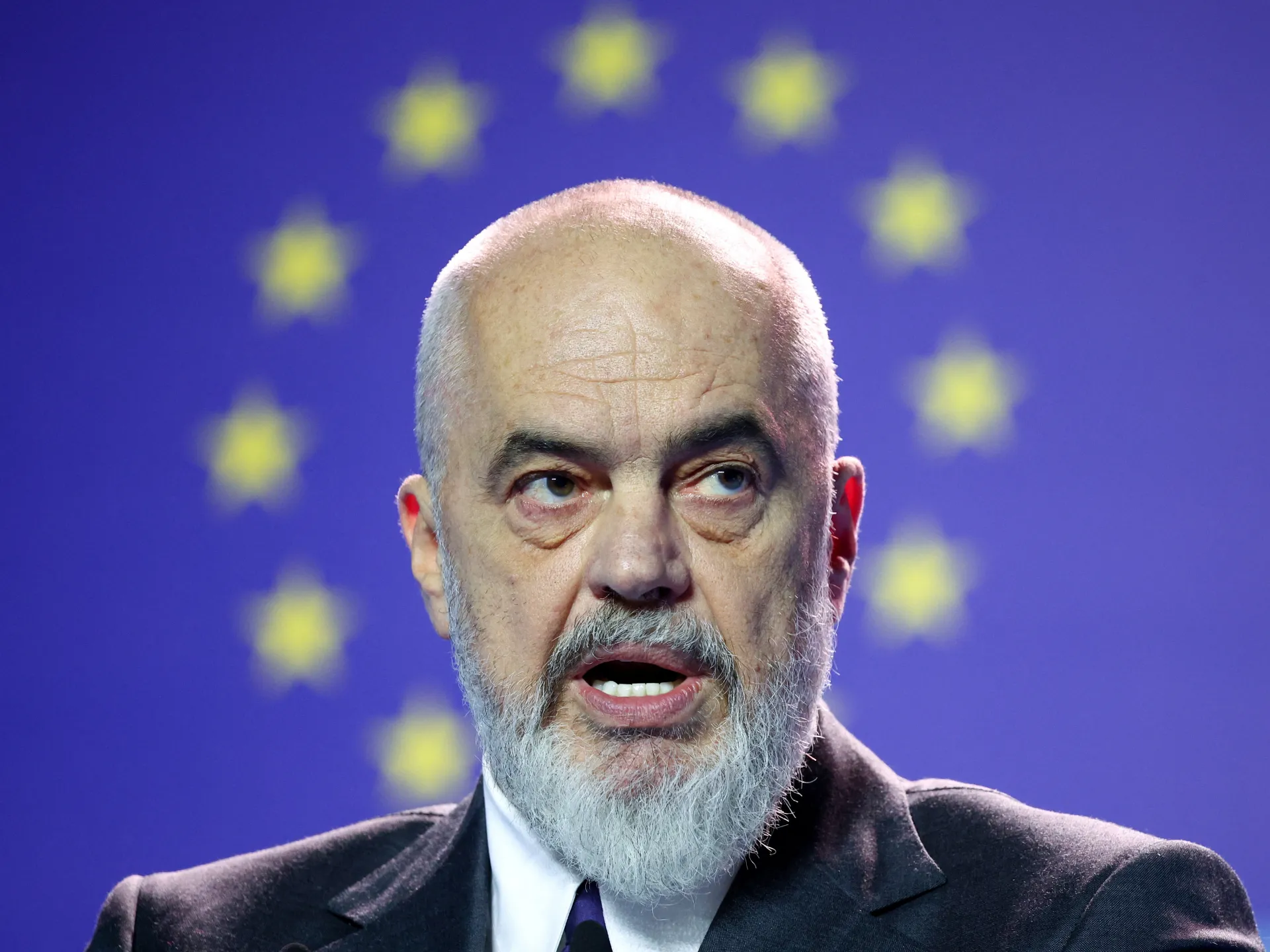This gorgeous city is better in November, but in summertime huge anti-tourism demos took place – and I understand why residents in this stunning place are so angry.
I’ve just touched down in the UK from a Spanish city that was basking in a balmy 26C in November, with hardly any tourists in sight. The destination has recently been dubbed an anti- tourism holiday spot, but all the locals I encountered were incredibly welcoming – and I got a glimpse into why some holidaymakers might not be as welcome.
Having visited Palma in Mallorca several times over the years, this was my first off-peak trip to the largest Balearic island, but I’d certainly consider a November visit again. The weather was still delightfully warm and sunny, the Mallorcan people I met were extremely friendly, and it was a real treat to explore the city and the island without the usual throngs of tourists.
During the summer of 2025, the height of the tourist season, large-scale anti-tourism protests erupted on the streets of Palma, with locals brandishing signs telling holidaymakers to go home – and frankly, I can’t blame them.
I can empathise with their tourism grievances, having grown up in Devon where similar issues arise – and I’ve even had the experience of living next door to an Airbnb a few years back which brought its own set of problems with non-locals.
Mallorca grapples with over-tourism during the summer months when the island is swamped with visitors. However, travelling off-peak is a more sustainable way to appreciate the island while respecting the locals – and it offers a genuine taste of Mallorcan life, reports the Express.
Despite being a Brit myself, I can’t help but acknowledge that some of our fellow countrymen can be quite the nuisance in popular holiday destinations, with their excessive drinking and disruptive behaviour tarnishing the reputation of many a Spanish resort.
Adding to this, the surge in short-term holiday rentals has spiralled out of control in numerous sought-after locations, including the Mallorcan city of Palma and other Spanish hotspots like Barcelona.
This issue of residential properties being converted into holiday cottages or Airbnb lettings is a global phenomenon, affecting places from Cornwall to London, Spain to America, and everywhere in between.
A local family residing in Mallorca shared with me that the island’s peak season is a living nightmare for them, with parking woes and a significant increase in traffic causing chaos.
The family expressed their struggle to enjoy the summer months as the beaches become “too crowded”, parking becomes a mission impossible, and many eateries, particularly in Palma, are “too busy”.
One native Mallorcan woman voiced her frustration, stating that many locals are irate due to skyrocketing rents – a consequence of mass holiday rentals like Airbnb in a neighbourhood which inflate the ‘average’ rent due to an overall comparison (which includes high holiday home rents).
She also highlighted a “worrying shortage of affordable housing”, particularly in the capital, Palma. Given that Mallorca is a relatively small island, about 62 miles wide, constructing more “affordable” homes isn’t a straightforward solution.
One can’t help but ponder: if all these holiday homes were converted back into residences for locals, would there still be a housing crisis in the UK – or indeed in Mallorca?
Prioritising tourism creates environments that become nearly uninhabitable for local residents, which seems nonsensical. It’s clear that something is amiss when governments aren’t prioritising housing for locals – and the need to protest is entirely understandable.
Over-tourism also results in excessive traffic, unmanageable crowds and significant parking issues, creating an unpleasant environment for both residents and visitors. During my time in Mallorca, I navigated the island by bus, which was simple and efficient.
Strolling through Palma’s tree-lined streets in November, when tourists are few and far between, is my idea of a city break. Although the Christmas lights haven’t been switched on yet, they will be soon (on Saturday, November 22, 2025, at 8pm).
I can envision how stunning the festive lights will look once the official Christmas lights switch-on takes place in Palma, as star-shaped decorations were already adorning the streets in preparation for this event.
The streets of Palma were so pristine and clean, I didn’t spot a single person littering, whereas in the UK, it’s not uncommon to see adults – and children – discarding rubbish on the roads or in scenic areas.
During my stay in Mallorca, I lodged at the HM Palma Blanc hotel, a truly friendly and luxurious place that offered comfort and an incredible breakfast. I tend to steer clear of Airbnb-style holiday lets as much as possible, recognising the havoc they can wreak in tourist-heavy areas.
With a plethora of markets in the capital city, independent shops, and fantastic eateries, I’d certainly consider another winter visit to Mallorca – it was genuinely delightful.

























